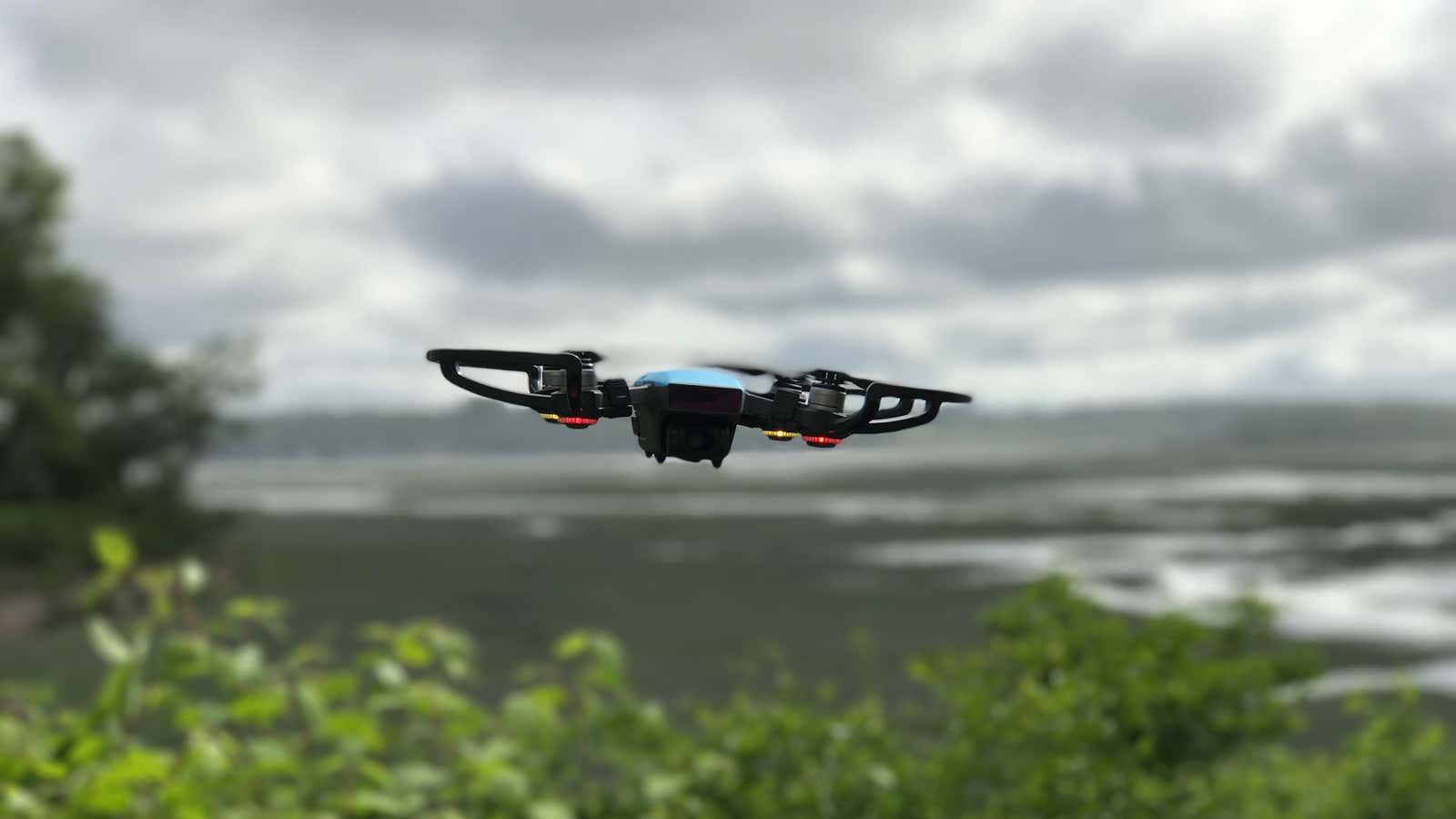How High Can a Drone Fly? Key Insights for Photographers
As photographers venture into the captivating world of aerial photography, an essential question emerges: how high can a drone fly? Understanding a drone's flight capabilities is vital for capturing breathtaking images and perspectives that would be impossible to achieve otherwise. In this article, we explore the key factors that determine a drone's flying altitude and the rules that govern it, helping photographers refine their craft.
The maximum altitude a drone can reach not only sparks creativity but also ensures adherence to legal regulations. This information is tailored specifically for photographers eager to elevate their artistry and capture stunning views from above.

The Essentials of Drone Flight Altitude
In the context of drone operation, altitude is a fundamental concept. It measures how high the drone is flying relative to the ground. Various types of drones are designed for different altitudes, depending on their specific functions. For photographers, its crucial to grasp these differences to choose the right drone for their needs.
In the United States, most consumer drones are permitted to fly up to 400 feet above ground level, as specified in FAA regulations. However, certain models may have the potential to reach greater heights. This leads to the lingering question: just how high can a drone truly fly?
Factors Affecting Drone Altitude
- Drone Model: Different models come with distinct specifications that can impact their maximum flight height.
- Battery Life: Drones flying at higher altitudes consume more power, making battery duration a critical factor.
- Weather Conditions: Unfavorable weather, such as strong winds or storms, can hinder a drone's ability to hold altitude.
- Pilot Expertise: A skilled pilot can efficiently navigate drones at greater heights.

Navigating Drone Regulations
As the use of drones becomes increasingly popular among photographers, it is vital to understand the regulations that govern their use. The Federal Aviation Administration (FAA) has laid out guidelines that limit drone flight to a general ceiling of 400 feet above ground level. These regulations are designed to ensure safety and prevent accidents involving manned aircraft.
Additionally, photographers must be mindful of other rules, such as avoiding flights near airports and keeping drones within visual line of sight. The FAA's official site provides more detailed insights into these regulations.
Optimal Flight Altitudes for Photography
When capturing exceptional aerial shots, the ideal altitude can vary based on the subject. For landscapes, heights between 100 and 300 feet often provide the best perspective, striking a balance between detail and context.
For architectural photography, lower altitudes may be advantageous. Flying below 100 feet can help photographers capture fine details that might be missed from a higher vantage point.

Advanced Techniques in Aerial Photography
Excelling in aerial photography entails more than just knowing how high you can soar. Here are some strategies that can enhance your drone photography:
- Experiment with Angles: Change your angles to showcase landscapes from unique perspectives.
- Plan for Golden Hours: Shoot during early morning or late afternoon for optimal lighting.
- Use Post-Processing: Programs can help enhance the quality of your aerial images.
Safety Considerations for Drone Flying
Maintaining compliance with regulations is essential for safety. Before taking off, check local laws, as certain areas impose restrictions on drone flights. Some locations may be outright illegal for flying drones, highlighting the need to follow guidelines closely. Review resources like Drone Life NJ for further clarification on local regulations.
Its also vital to respect privacy concerns and steer clear of densely populated areas. By understanding no-fly zones and keeping your drone away from crowds, you reduce the risk of accidents.

Conclusion: Soar with Confidence
So, how high can a drone fly? While the general ceiling tends to be 400 feet, various factors can influence how high you can actually go. For photographers, this understanding fosters greater creativity and opens up avenues for stunning visual captures. By adhering to legal mandates and refining flying skills, professionals can push creative limits and express their vision from the skies.
As you embark on your aerial photography journey, prioritize safety. By flying responsibly and following the relevant regulations, you can fully embrace the experience that drone photography offers.
FAQs
1. What is the maximum height a drone can fly?
The typical maximum height for a drone is generally 400 feet above ground level as per FAA regulations.
2. Are there any legal restrictions on flying drones?
Yes, legal restrictions differ by location and may include no-fly zones around airports and crowded areas.
3. Can drones fly higher than 400 feet?
To fly higher than 400 feet, you need special permissions from the FAA under specific circumstances.
As an Amazon Associate, I earn from qualifying purchases.

